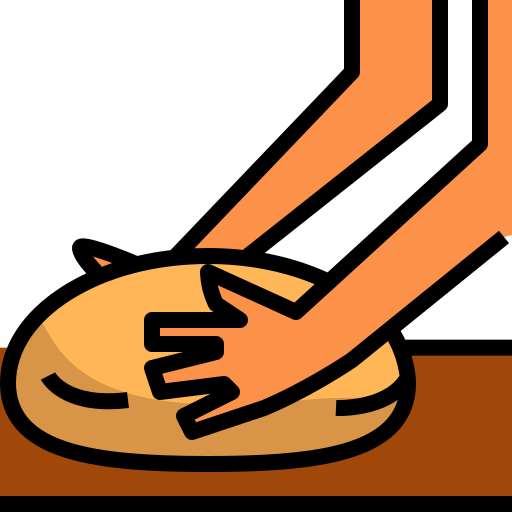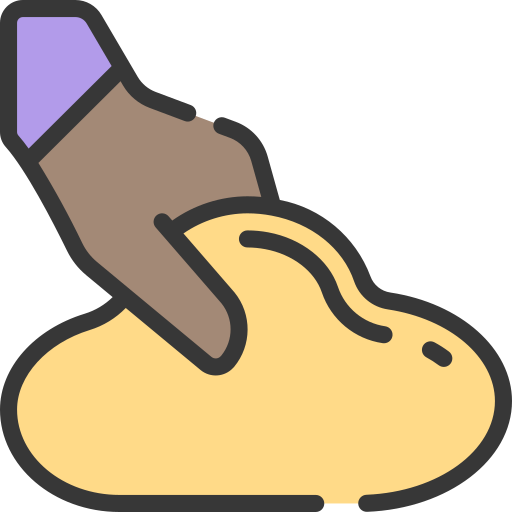PART A_1
Let’s introduce ourselves.
PART A_2
My name is ________________. What is your name?
PART A_3
My name is ________________. Nice to meet you.
PART A_4
Nice to meet you too, ________________. Let’s begin our lesson!
PART B_1
Now, you will ask me the following questions, and you will summarize my responses later. Please take note of my responses as needed.
PART B_2
| 1. | What is your name? |
| 2. | What is your favorite dish from your country? |
| 3. | What is the most popular dish in your country? |
| 4. | What foreign dishes did you try? |
| 5. | Which do you prefer, cooking for yourself or eating out? Why? |
PART B_3
Now, please summarize my responses to your questions.
PART B_4
| My tutor’s name is | |
PART B_5
Now, let’s review your answers. Then, please read them aloud.
(Please review your student’s answers by sending the correct answers in complete sentences. After that, ask your student to read his or her corrected answers aloud.)
PART B_6
PART C_1
We will read aloud the words and expressions below. Please repeat after me. I will check your pronunciation.
(Please send any mispronounced words and expressions to your student.)
PART C_2

|
ingredient
材料
|

|
put
入れる
|

|
dough
生地
|

|
heat
温める
|

|
shape
形
|
PART C_3
Now, let’s review some words and expressions from Part C_2.
(Please review the mispronounced words and expressions from Part C_2.)
PART C_4
PART D_1
We will read aloud the words and expressions below. I will check your pronunciation and intonation.
(Please send any mispronounced words and expressions to your student.)
PART D_2
|
1.
|
mix ~ together |
|
2.
|
put ~ into |
|
3.
|
I’m done |
|
4.
|
What’s next? |
|
5.
|
heat ~ up |
|
6.
|
in ( ) minutes |
PART D_3
Now, let’s review some words and expressions from Part D_2.
(Please review the mispronounced words and expressions from Part D_2.)
PART D_4
PART E_1
We will read aloud the dialogue below. I will check your pronunciation and intonation.
After reading it once, we will switch roles.
After reading it once, we will switch roles.
(Please send the mispronounced words and expressions to your student.)
PART E_2
In the Kitchen
|
Jamie:
|
Can you mix all the ingredients together? |
|
Saki:
|
Okay, then what do we do? |
|
Jamie:
|
Next, put the dough into molds in different shapes. |
|
Saki:
|
I’m done now! What’s next? |
|
Jamie:
|
Put each one of them into the oven and heat them up for ten minutes. |
|
Saki:
|
Finally, we will get tasty cookies in ten minutes! |
PART E_3
Now, let’s review some words and sentences from Part E_2.
(Please review the mispronounced words and expressions from Part E_2.)
PART E_4
PART F_1
Now, please respond to the following questions and requests. I will check if your sentences are complete and if the grammar is correct.
PART F_2
| 1. | Let’s make pancakes. What’s the first thing to do? | |
| Answer: | _________ the milk and beaten eggs into the pancake mix. | |
| 2. | What’s next? | |
| Answer: | Mix all the _________ together, and make dough. | |
| 3. | I’m done! Then, what do we do? | |
| Answer: | Put the _________ into the pan and cook for three minutes on each side. | |
| 4. | What do we do when we make doughnuts? | |
| Answer: | Mold the dough into a ring _________. | |
| 5. | What ingredients does your family add to curry? | |
| Answer: | . |
PART F_3
Now, let’s review your answers.
(Please review your student’s answers by sending the correct answers in complete sentences. After that, ask your student to read his or her corrected answers aloud.)
PART F_4
PART G_1
Now, you will make questions and requests. I will check if your sentences are complete and if the grammar is correct.
(Please send the sentences that need grammar corrections to your student.)
PART G_2
|
Student:
|
Let’s make a cheesecake. What _________ do we need? | |
|
Tutor:
|
The ingredients are cream cheese, butter, eggs, salt, and sugar. | |
|
Student:
|
_________ next? | |
|
Tutor:
|
Mix together cream cheese, butter, eggs, and sugar. | |
|
Student:
|
I will _________ the filling into the mold. Can you _________ the oven up? | |
|
Tutor:
|
Alright. | |
|
Student:
|
We will get a tasty cheesecake _________ 30 minutes! Can you set the timer? | |
|
Tutor:
|
Sure. I can’t wait until it’s done. | |
|
Student:
|
What ingredients are often used in Filipino dishes? | |
|
Tutor:
|
. |
PART G_3
Now, let’s review your answers.
(Please review your student’s answers by sending the correct answers in complete sentences. After that, ask your student to read his or her corrected answers aloud.)
PART G_4
PART H_1
Let’s do a role play with the given situations. You should mention the items below during the conversation.
PART H_2
| Situation 1: |
You are going to make hand-rolled sushi for your host family. Let’s prepare with your host brother or sister.
(Your tutor will be your host brother or sister.)
|
| Items to mention: |
– say what ingredients you need – say “What’s next?” during the preparation – say when you’re done making it (I’m done) |
PART H_3
| Situation 2: |
You are going to make stew. Explain the first steps to your host brother.
(Your tutor will be your host brother.)
|
| Items to mention: |
– say what ingredients you will use – say what to put into the pot – say when to heat up the stew |
PART H_4
| Situation 3: |
You are talking with your friend about what you have cooked before. Share what it was like.
(Your tutor will be your friend.)
|
| Items to mention: |
– say what your favorite dish is – say what ingredients you need – say how long it takes to cook |
PART H_5
| Situation 4: |
You are going to make your friend’s favorite dish. Talk with your friend about how to cook it.
(Your tutor will be your friend.)
|
| Items to mention: |
– ask what your friend’s favorite dish is – ask what ingredients you need – ask how long it takes to cook |
PART H_6
| Situation 5: |
You are going to make your favorite dish. Talk with your friend about how to cook it.
(Your tutor will be your friend.)
|
| Items to mention: |
– say what your favorite dish is – say what ingredients you need – say how long it takes to cook |